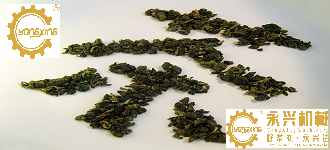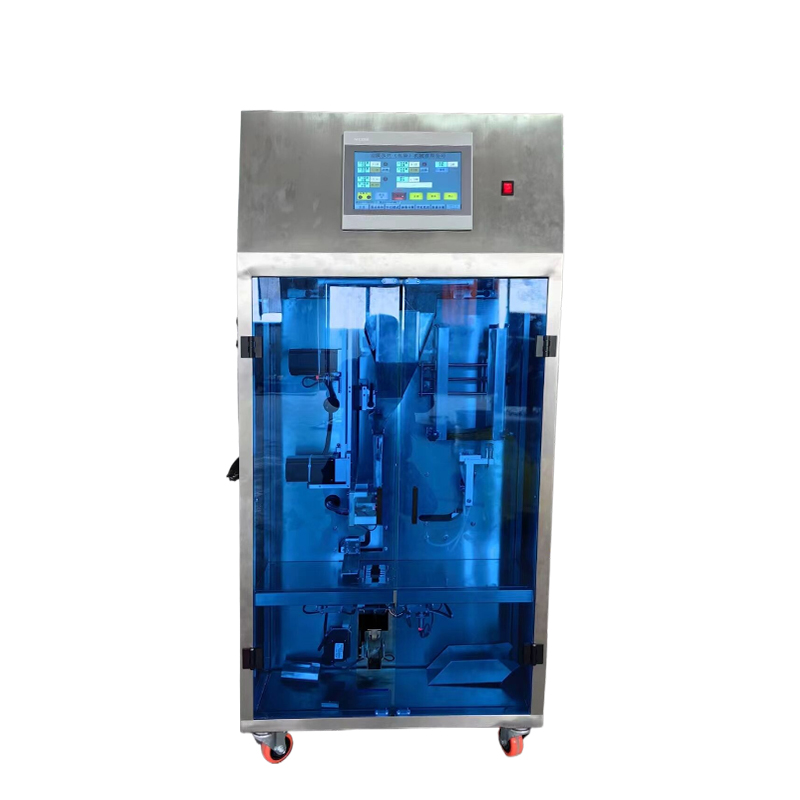OoLONG TEA PRODUCTION BASIC TECHNIQUES - Ward.1
OoLONG TEA PRODUCTION BASIC TECHNIQUES - Ward.1
Oolong Tea is a traditional Chinese tea ( Camellia sinensis ) produced through a unique process such as drying tea leaves to wilt in the sun and strong oxidation before drying, which differs from green tea technology. thoroughly killing yeast or black tea technology for full fermentation.

Oolong Tea is a traditional Chinese tea ( Camellia sinensis ) produced through a unique process such as drying the tea leaves to sun-wilt and strong oxidation before drying. Most oolong tea, especially with good quality tea, involves varieties of tea plants that are specific to specific varieties. Degrees of fermentation can range from 8% to 85%, depending on variety and production style. This tea is especially popular with tea connoisseurs of Southern China and Overseas Chinese in Southeast Asia .
In Chinese tea culture, oolong oxidized tea is collectively referred to as "tea bar" ("green tea"). The taste of oolong tea varies greatly between varieties. It can be sweet with fruity flavors with honey scent, or with roasted green, or fresh green and fresh with floral scents, it all depends on the ingredients and style of manufacture. Several variations of oolong tea, including those produced in the northern mountains of Fujian Wu and in the central mountains of Taiwan, among the most famous Chinese teas.
The decisive factor to the quality of OoLong tea is the variety of tea; In addition, ecological natural factors such as khia, soil, especially tea areas at an altitude of over 700 m above the standard level usually provide good raw materials for high quality products.

















